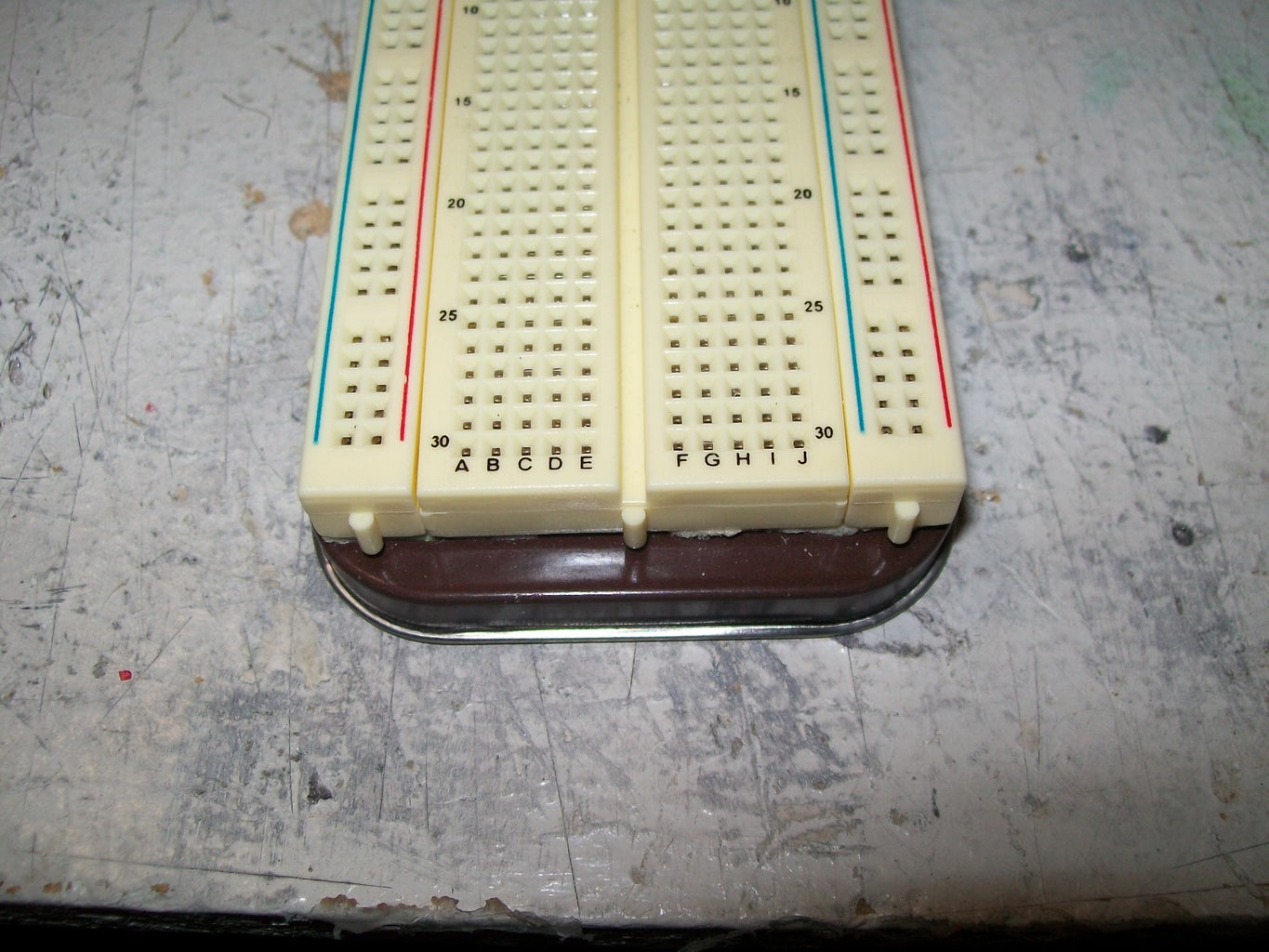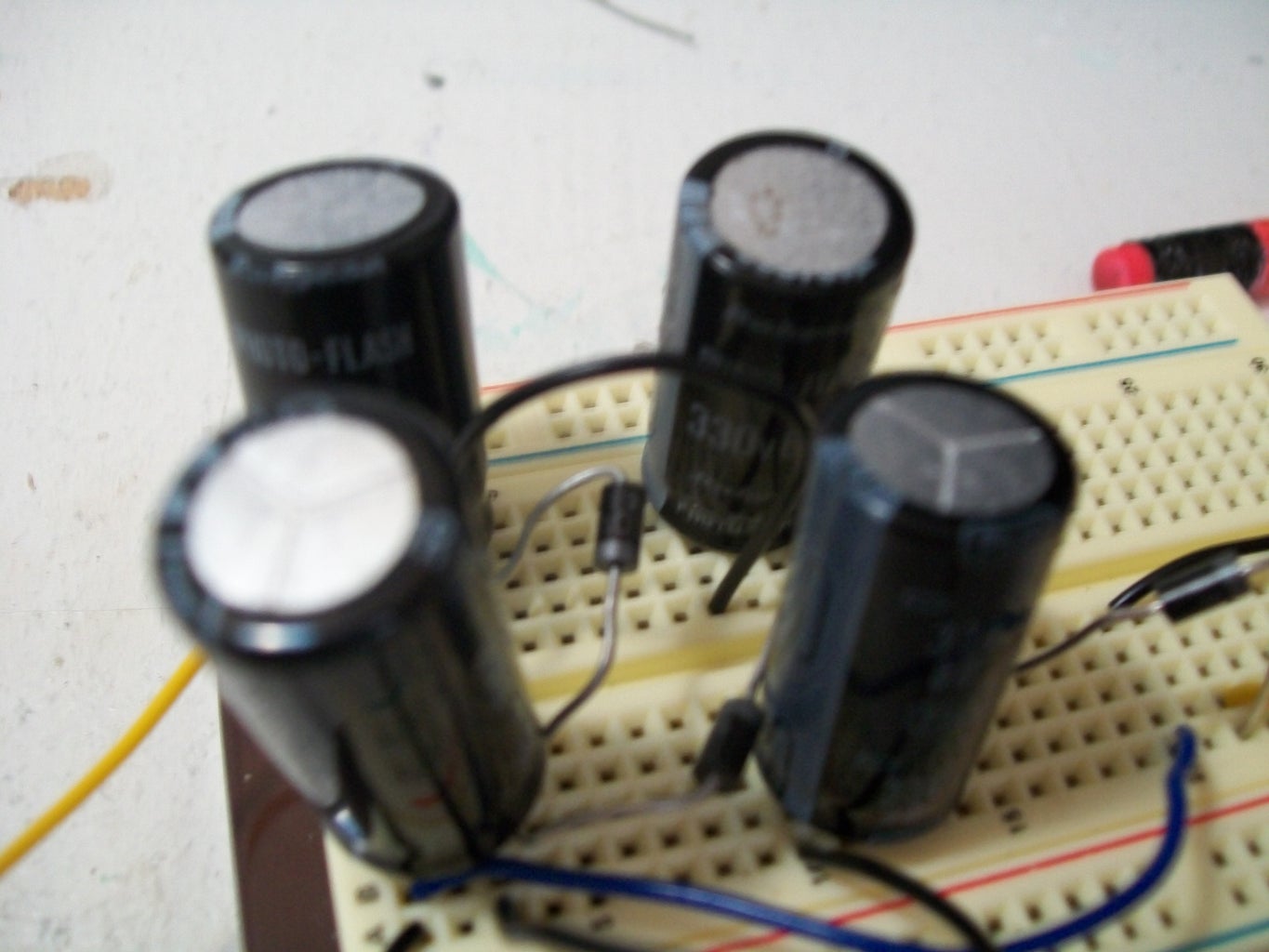How to Make a Voltage Multiplier 6 Steps Circuit Diagram
How to Make a Voltage Multiplier 6 Steps Circuit Diagram A voltage multiplier is a specialized rectifier circuit producing an output that is theoretically an integer time the AC peak input, for example, 2, 3, or 4 times the AC peak input. Thus, it is possible to get 200 VDC from a 100 Vpeak AC source using a doubler, and 400 VDC from a quadrupler. Any load in a practical circuit will lower these voltages.

Here is some info about voltage multipliers if you want to know how they work. If not, then skip to the parts list. Definition - "A voltage multiplier is an electrical circuit that converts AC electrical power from a lower voltage to a higher DC voltage by means of capacitors and diodes combined into a network." - Wikipedia

How to Make a Voltage Multiplier : 6 Steps Circuit Diagram
A voltage doubler provides a means of obtaining a wider VCO tuning range at lower voltages. This paper dis-cusses the considerations that need to be made when using a voltage doubler. Specific test results are shown for a CDMA application. The LMX2350 provides an internal switched capacitor volt-age doubler circuit that allows the RF charge

So how does it work. The circuit shows a half wave voltage doubler. During the negative half cycle of the sinusoidal input waveform, diode D1 is forward biased and conducts charging up the pump capacitor, C1 to the peak value of the input voltage, (Vp).Because there is no return path for capacitor C1 to discharge into, it remains fully charged acting as a storage device in series with the

PDF guidance necessary for the design of a multiplier assembly. Outline of ... Circuit Diagram
Circuit of Voltage Multiplier. The circuit of a simple voltage multiplier is shown in Figure-1. It is clear that a voltage multiplier is simply a combination of diodes and capacitors. The low voltage AC signal is input to the circuit from the power source (transformer in this case). This AC voltage is converted into DC voltage by diodes and

the dimension of voltage as shown in Figure 1. Figure 1: Basic Analog Multiplier and Definition of Multiplier Quadrants . From a mathematical point of view, multiplication is a "four quadrant" operation—that is to say that both inputs may be either positive or negative, as may be the output. Some of the circuits
